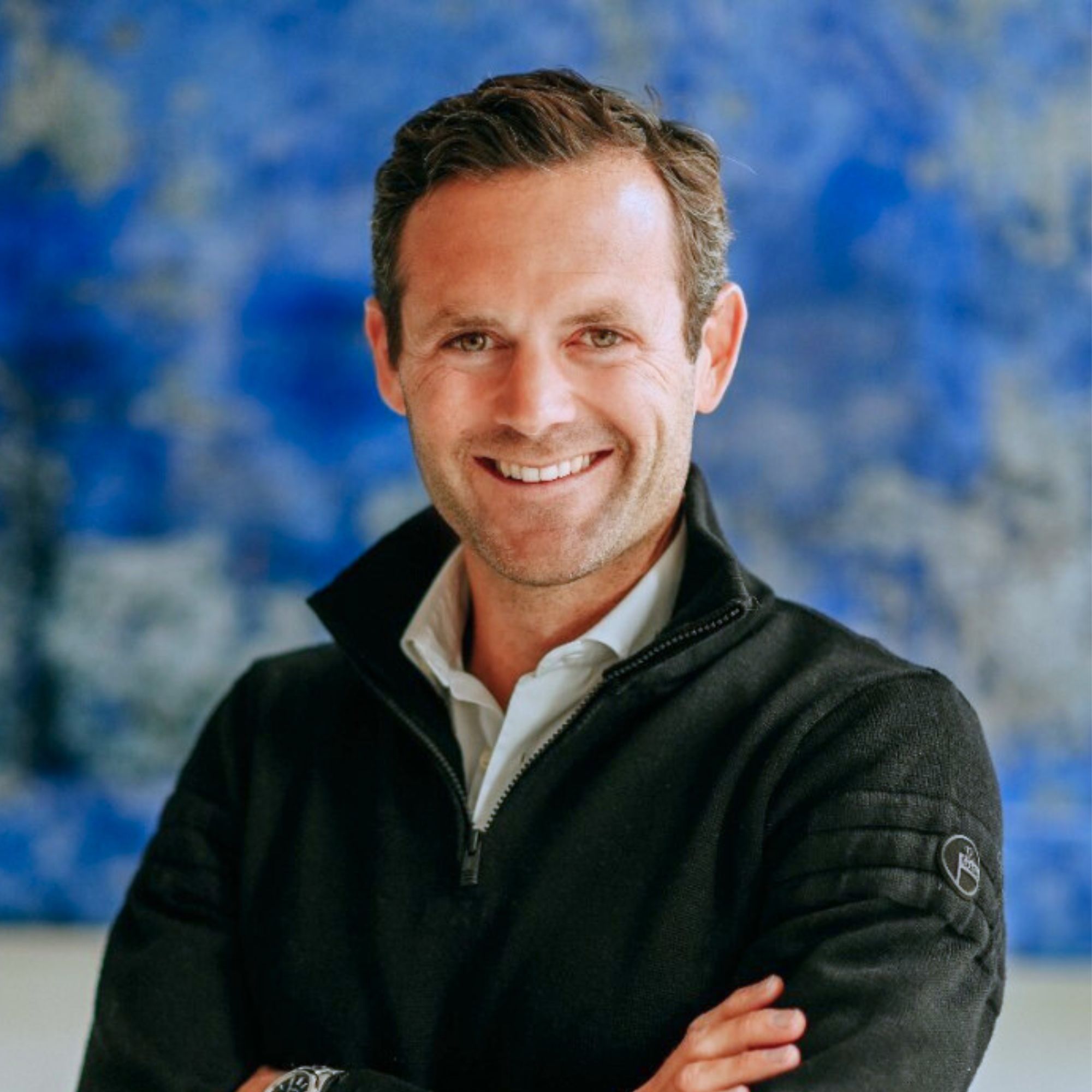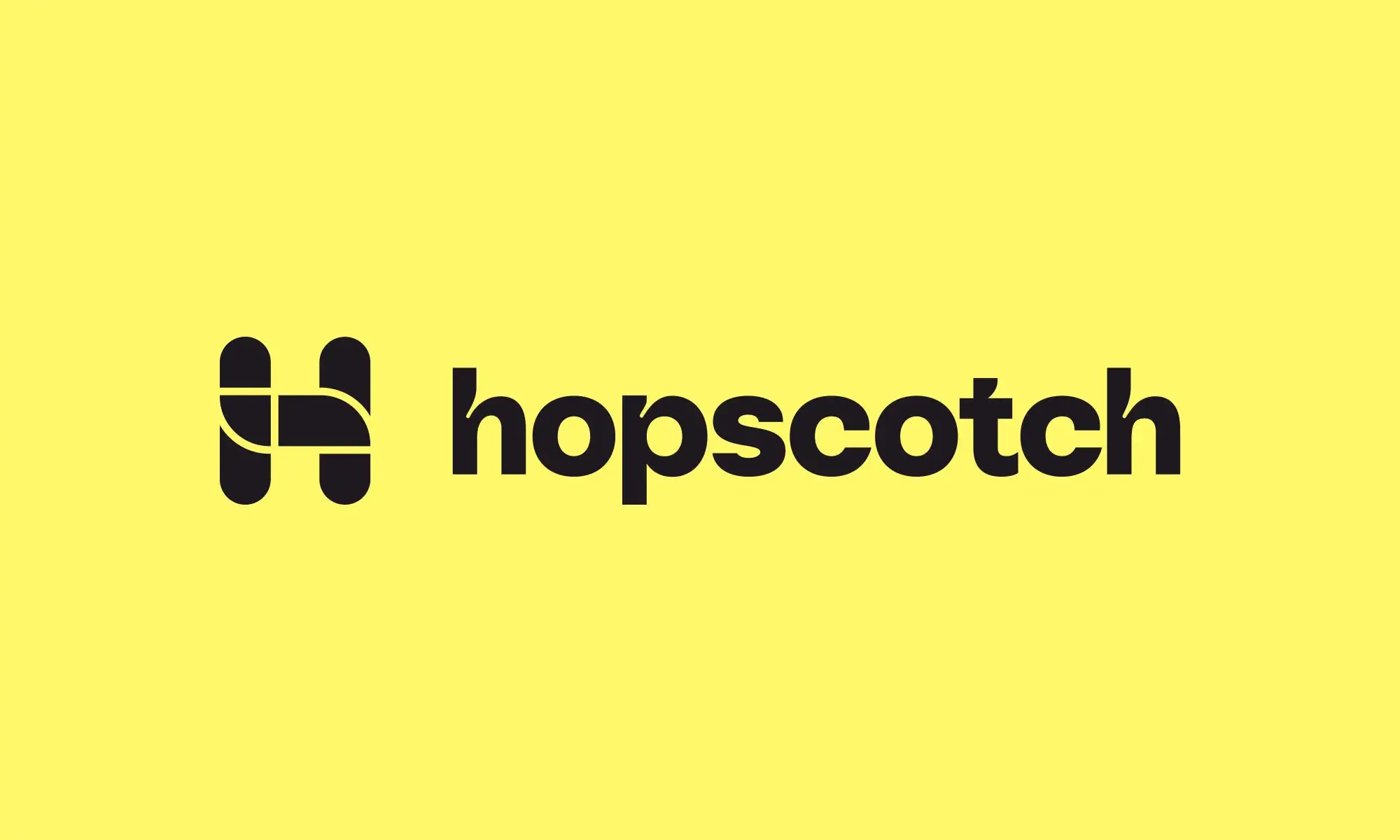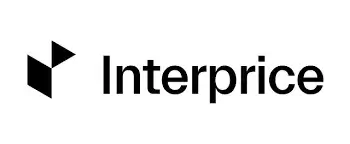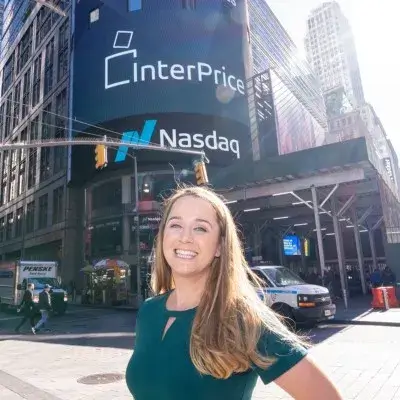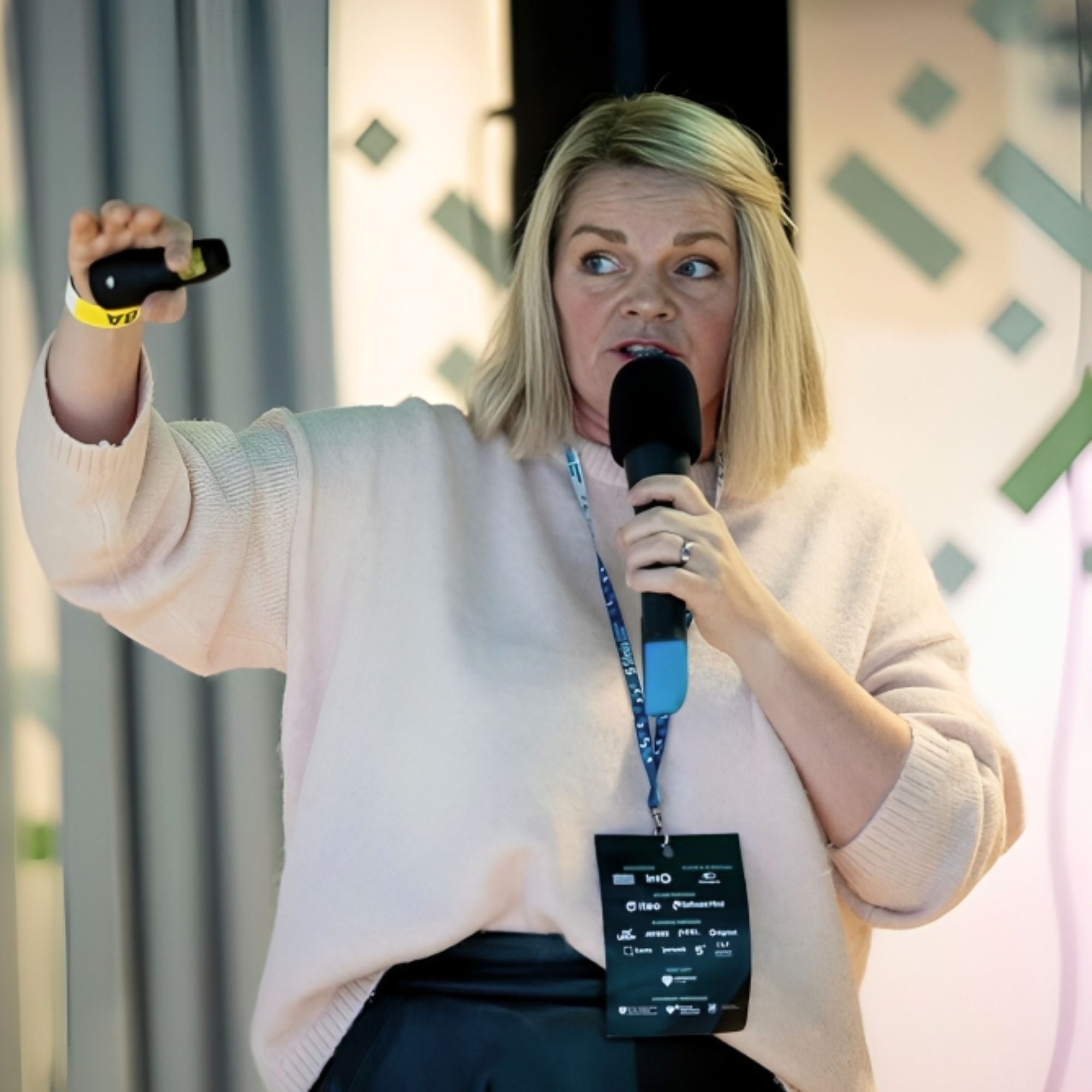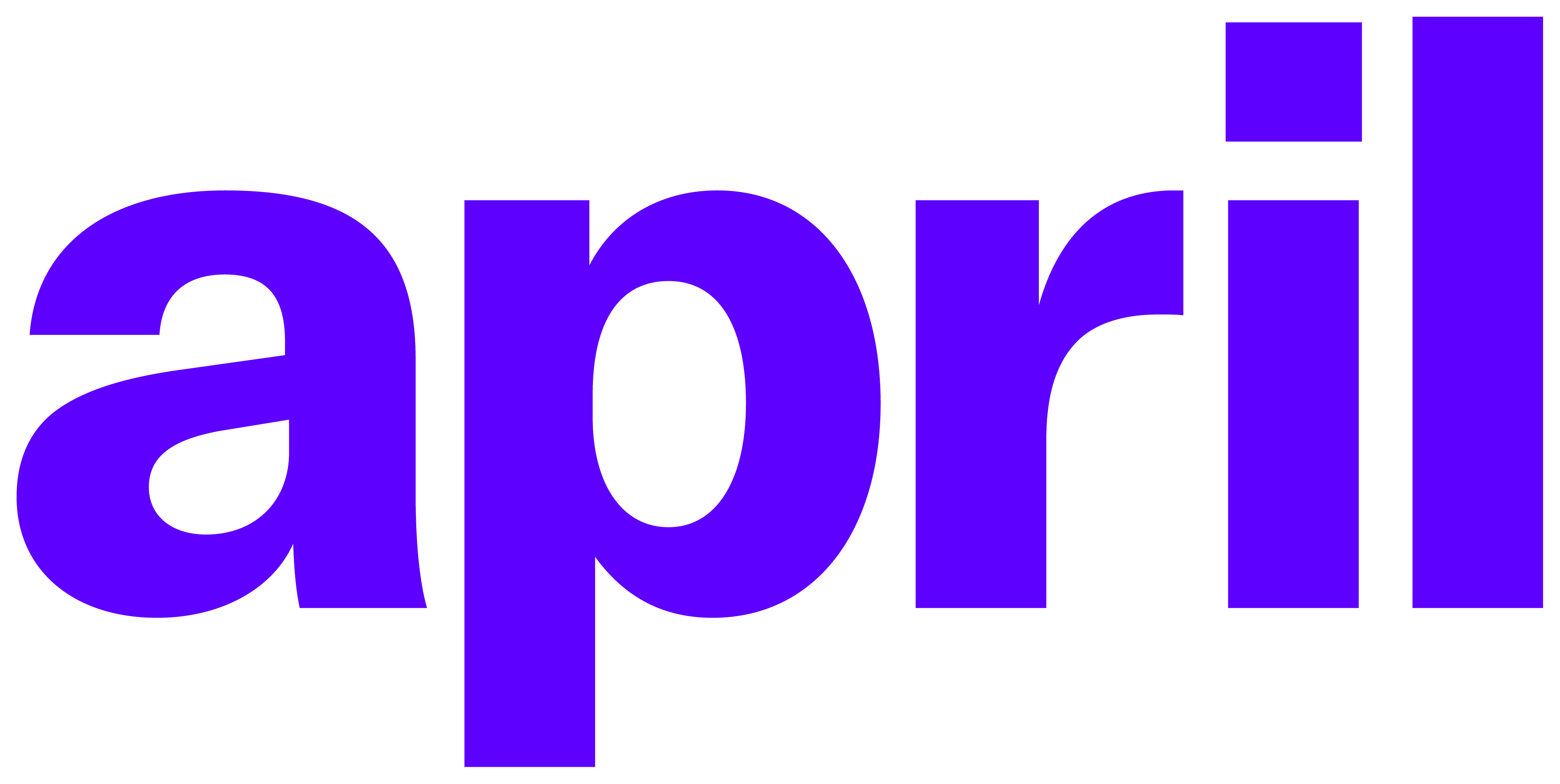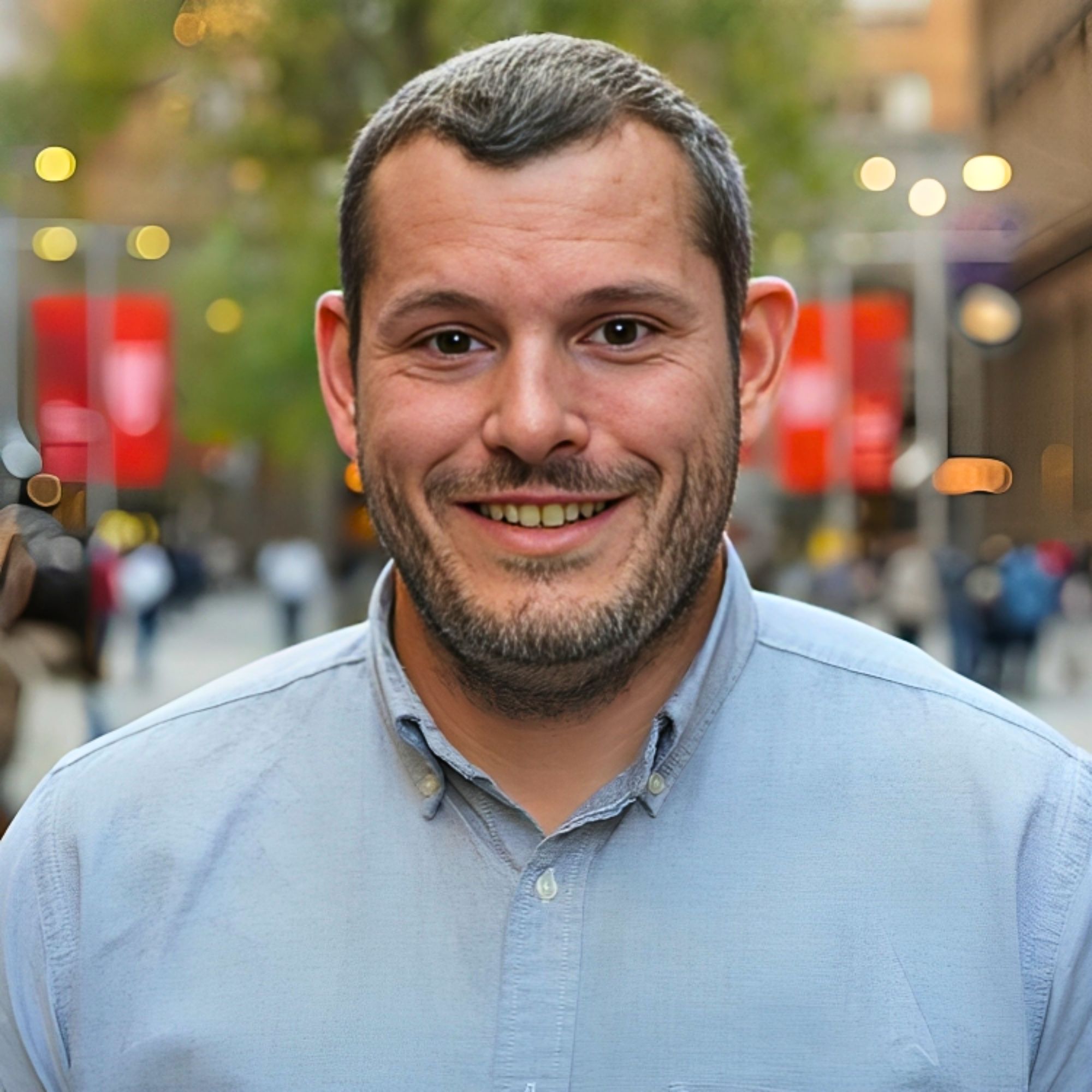Ready to build your own Founder-Led Growth engine? Book a Strategy Call
Frontlines.io | Where B2B Founders Talk GTM.
Strategic Communications Advisory For Visionary Founders
Actionable
Takeaways
Create your own category when existing ones don't fit:
When Caleb realized that existing terms like "PayFac in a box" didn't accurately describe Tilled's offering, he invented "PayFac as a Service." This new category clearly communicated their value proposition and differentiated them from competitors. He explains, "The concept behind PayFac as a Service was really resonating with these vertical software companies that were saying, 'I don't want to go be a registered PayFac, I want all of the benefits as though I'm becoming a registered payment facilitator with 5% of the effort.'"
Educate the market on your category through content:
Tilled invested heavily in education through LinkedIn posts, blogs, ebooks, and speaking engagements to establish their category. Caleb notes, "Over a period of three or four months, we started introducing this concept of PayFac as a Service...by the time we actually launched the fundraising process, some of the early investors that I talked to were like, 'Oh, yeah, we've heard of that category.'"
Leverage fellow founders for early validation:
Even without a product, Caleb reached out to other founders to validate his ideas. "Other founders are very willing to help founders, especially in the early stages where I had nothing to sell them...I was shocked by the response rates that I was getting." This approach helped validate assumptions about pricing, product features, and contractual terms before launch.
Balance personal and professional content for thought leadership:
Caleb's LinkedIn strategy combined educational content about payments with personal stories about entrepreneurship and family life. "I think by allowing people to understand who I was as a person, it made me more approachable for some of the companies that were coming to us and saying, 'Hey, we're not ready to make a switch, but we are curious.'"
Apply to speak at industry conferences:
Caleb was surprised by how many speaking opportunities were available simply by applying. "It just shocks me how few founders that I know are willing to go apply for those speakerships, but it's really an incredibly easy thing for them to go do." These speaking engagements provided valuable opportunities to reach ideal customers and establish credibility.
Run targeted "conquest" campaigns against market leaders:
Tilled runs specific digital advertising campaigns targeting pain points with competitors, using long-tail keywords like "Why is Stripe customer service so bad?" This strategy drives quality leads from customers already experiencing problems with the dominant player in the market.
Embrace channel partnerships in B2B SaaS:
Unlike many competitors, Tilled welcomes referrals from ISOs, agents, and payment consultants. "We're one of the few folks in our space, which is still bizarre to me, that embraces a channel strategy...it's been an incredibly lucrative strategy...it's still 30 plus percent of the deal flow for Tilled."
Conversation
Highlights
How Caleb Avery Created “PayFac as a Service” and Built a $40M Challenger to Stripe
What do you do when you’re competing against a company worth tens of billions of dollars, with seemingly unlimited resources? For most founders, this scenario represents an insurmountable challenge. But for Caleb Avery, it became the catalyst for category creation and a successful $40 million venture.
In a recent episode of Category Visionaries, Caleb Avery, Founder and CEO of Tilled, shared his journey of creating the “PayFac as a Service” category and building a viable alternative to payment giants like Stripe.
The Solo Founder’s Two-Year Journey
Unlike the typical startup story of rapid growth and quick wins, Tilled’s path to success was methodical and, at times, isolating.
“If we go back to January of 2019, it was just me for almost the first two years of the business. And it’s a really weird, lonely time being the solo founder in a business,” Caleb shares.
During this period, Caleb wasn’t just validating the business opportunity; he was navigating significant obstacles that stood between his vision and reality.
“There were also some very fundamental hurdles that we needed to get over in the business with legal hurdles, compliance hurdles, technology hurdles. We had to actually get a bank and a processor to sign on with this solution,” he explains.
The persistence paid off, but it wasn’t quick. It took nearly two and a half years before Tilled had paying customers on its platform. This timeline makes sense in retrospect, Caleb admits: “When you’re going and competing against a category with incumbents like Stripe and Adyen that are worth tens of billions of dollars and have nearly unlimited budgets, it’s very time consuming and expensive to build a technology solution to go compete against them.”
The Positioning Problem
Initially, Tilled positioned itself as a direct Stripe competitor. Caleb admits with refreshing candor: “If I look back at some of the original LinkedIn posts that I had put out from five, six years ago, I’m sure some of those would be pretty cringy for me today, just calling them out, we’re going to be so much better than Stripe.”
This head-on approach wasn’t working. The company struggled to articulate its unique value proposition to banks, processors, investors, employees, and customers.
“It was hard for the banks and the processors to wrap their head around, well, what’s actually different about this than Stripe? Why is this going to scale? Why should we take a risk on an early stage startup?” Caleb recalls.
The lack of clear positioning created a significant barrier: “It just made every step in this process so much harder because I was having to go in depth into explaining what we’re trying to do with every single different person… It was this very exhausting educational process.”
The Category Creation Breakthrough
COVID-19 became an unexpected catalyst for change. Within a week of lockdowns, Tilled had scrapped its entire business plan. The new strategy required venture capital funding, which meant creating a compelling pitch deck.
This constraint forced Caleb to distill his normally lengthy explanation into a single slide. The result was the term “PayFac as a Service,” a concept that immediately resonated with potential investors.
“What I saw was the shift in the tone and the response from them where they understood what I was doing within the first minute or two instead of the first 10 to 15 minutes of the meetings that I had been having previously,” Caleb shares.
Over the next three to four months, Tilled systematically introduced this concept through LinkedIn content. The strategy worked so well that Caleb experienced a surreal moment: “By the time we actually launched the fundraising process, some of the early investors that I talked to were like, ‘Oh, yeah, we’ve heard of that category.’ And I’m sitting there laughing to myself like, this term didn’t exist three months ago.”
Beyond Buzzwords: Making the Category Real
Creating a category isn’t just about coining a term. Caleb implemented a comprehensive evangelization strategy that included:
- Educational content: “I hired a ghostwriter to come in and help me write content. And a lot of that was blogs, ebooks and longer form content pieces so that people could understand what it was that we’re talking about.”
- Personal branding: “I think by allowing people to understand who I was as a person, it made me more approachable for some of the companies that were coming to us and saying, ‘Hey, we’re not ready to make a switch, but we are curious.'”
- Industry speaking: “If I can have an hour, 30 minutes at a conference, I’ve given keynote addresses, I’ve given presentations, I’ve done fireside chats, I’ve done panels. And it really allows us to get in front of those ICP customers.”
- Digital marketing: “We run a lot of what we call Stripe Conquest campaigns. So paid digital advertising really going after Stripe. ‘Why is Stripe customer service so bad?’ ‘Why does the Stripe terminal lineup suck?’ ‘Why can’t I get a hold of a person at Stripe?’ And really specific long keyword phrases that people are googling in earnest.”
- Channel partnerships: “We’re one of the few folks in our space, which is still bizarre to me, that embraces a channel Strategy and allows ISOs, agents, payments consultants, folks from the traditional payments landscape to refer opportunities to till.”
The Strategic Pivot from Competing to Complementing
Rather than trying to match Stripe feature-for-feature, Tilled evolved its positioning to focus on specific segments and needs that Stripe wasn’t addressing effectively.
“The reality is Stripe has really established the gold standard for developer tools within embedded payments. And so we get asked a lot, how do you guys compete from a feature perspective? Are you guys toe to toe with Stripe on features? And I just laugh. There’s no company on the planet that actually goes toe to toe with Stripe in every category,” Caleb explains.
Instead, Tilled focused on a different question: “Are we able to go toe to toe on the features that matter? And have we built 10x features that are better than them in certain features, certain categories for certain segments of the market?”
This focused approach has paid off. Tilled has secured “monster contracts” with major incumbents who are white-labeling their technology, opening up significant distribution channels.
Lessons for Aspiring Category Creators
For founders considering creating their own category, Caleb offers this advice: “The biggest thing that you have to start with is coming up with that name or that phrase that really resonates with the end ICP, the end buyer of what you’re doing.”
He emphasizes the importance of validation: “If you like the term, but it doesn’t resonate with your buyer and you’re using the wrong messaging, it’s never going to work.”
Caleb also warns that category creation requires persistence: “You have to realize that there’s going to be an educational component. You can’t just slap a new logo on the website or put out one post on LinkedIn and just expect, well, hey, why don’t people know about this incredible new category that we created?”
But the payoff is worth it: “Once you reach that critical mass, it’s incredibly beneficial for the business, and it becomes this, you know, snowball rolling down the hill effect, where it’s just compounding the benefits over time. But you got to push it up the hill first. And that’s the hard part.”
The Future Vision
Tilled’s vision extends beyond just embedded payments. Caleb sees an opportunity to serve mid-market vertical software companies that want to offer comprehensive fintech solutions but lack the resources to build them independently.
“If you look at folks like Service Titan, Toast, Shopify, Mindbody, the big examples… every single one of them have moved beyond just embedded payments. Maybe they’re doing embedded lending, maybe they’re doing disbursements, maybe they’re doing banking, maybe they’re doing issuing,” he notes.
By creating a unified infrastructure layer for these services, Tilled aims to enable mid-market software companies to compete with larger players, without the complexity of building multiple integrations themselves.
It’s a vision that shows how creating a category isn’t just a marketing exercise—it’s about identifying genuine market gaps and building solutions that address unmet needs in ways that incumbent players can’t or won’t.
From solo founder to category creator to the leader of a $40 million venture, Caleb Avery’s journey with Tilled demonstrates that with the right positioning and persistence, even David can find a way to succeed in Goliath’s market.







